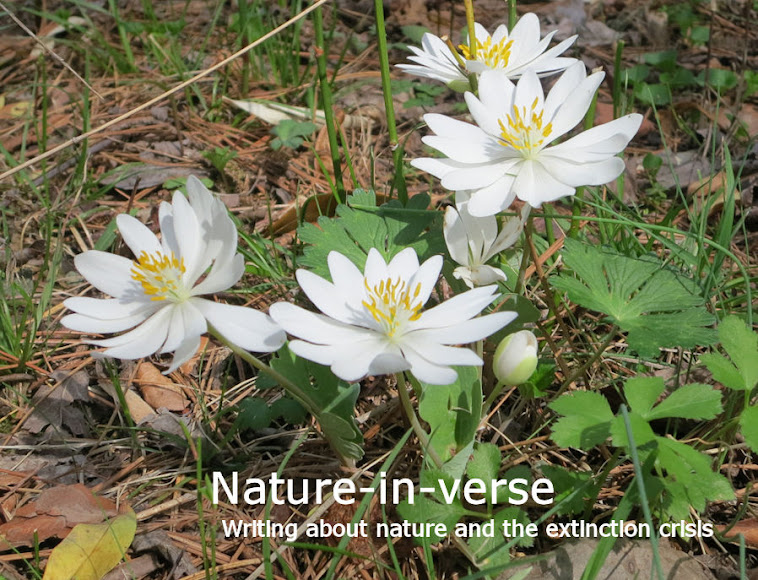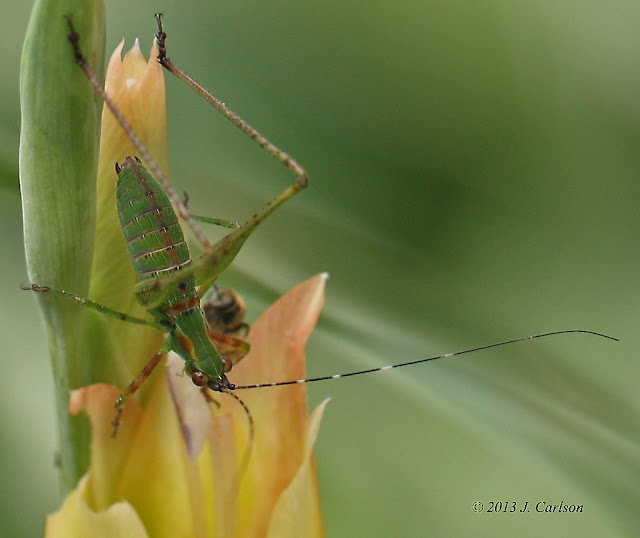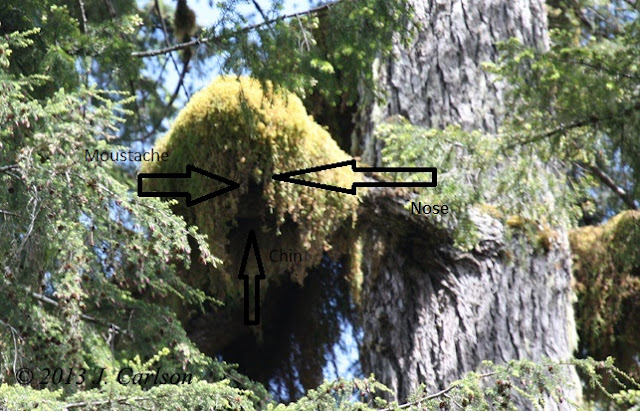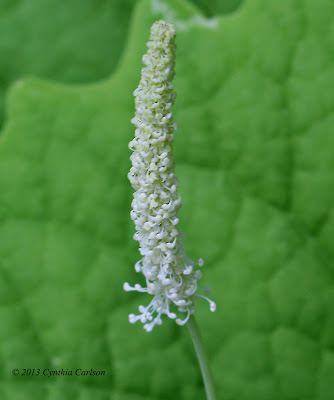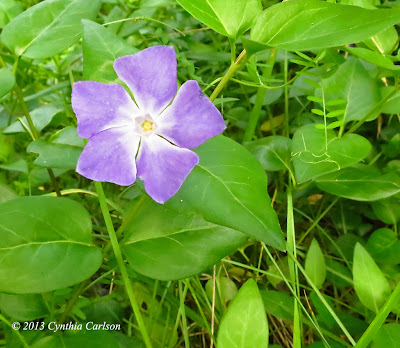But I was surprised one afternoon to find this bald male at my feeder. To see his head denuded of feathers alarmed me.
I had seen molting in Cardinals, where individuals would lose a few feathers at a time to be replaced by new, but I had not seen molting to this degree.
I felt a pang of sympathy for him. He wasn't the best looking bird but otherwise appeared healthy as he seemed to have a good appetite enjoying sunflower seeds.
I kept a watch for him over several weeks to see if his feathers were growing in and, to my dismay, it did not look as if he were improving.
I was concerned for him because, instead of an unusual molt pattern that he might be exhibiting, he could be suffering from feather mites or parasites. Not a good thing to have.
This past Tuesday evening, I was happy to see that he brought a lady friend to dine with him.
I carefully watched the happy couple and, closely examining his head, it looked as though his feathers are returning.
This is a good thing. And a satisfying thing for the soul to see, that no matter what you look like, love bloom.
